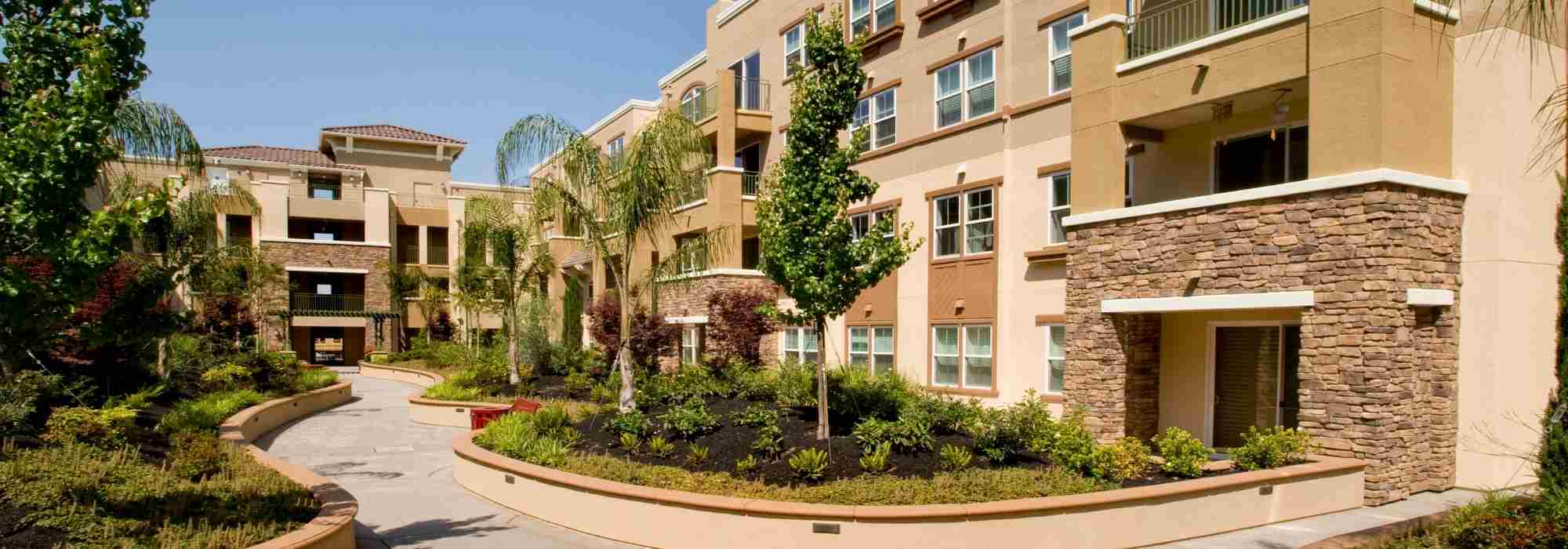
Gardening in condominium
Everything you need to know to garden "peacefully" in a shared property
Contents
If you live in a building and have a balcony or enjoy a terrace on the top floor, whether you are a tenant or owner in a co-ownership and have a private garden on the ground floor, if you reside in a housing estate, own a small plot of land within a communal garden, or wish to enhance the courtyard or entrance of your building with some plantings… These are all situations that impose certain obligations and constraints for gardening in peace, helping you avoid any disappointments…
Let’s review the various rules to follow in order to make the most of your green space when living in a co-ownership.
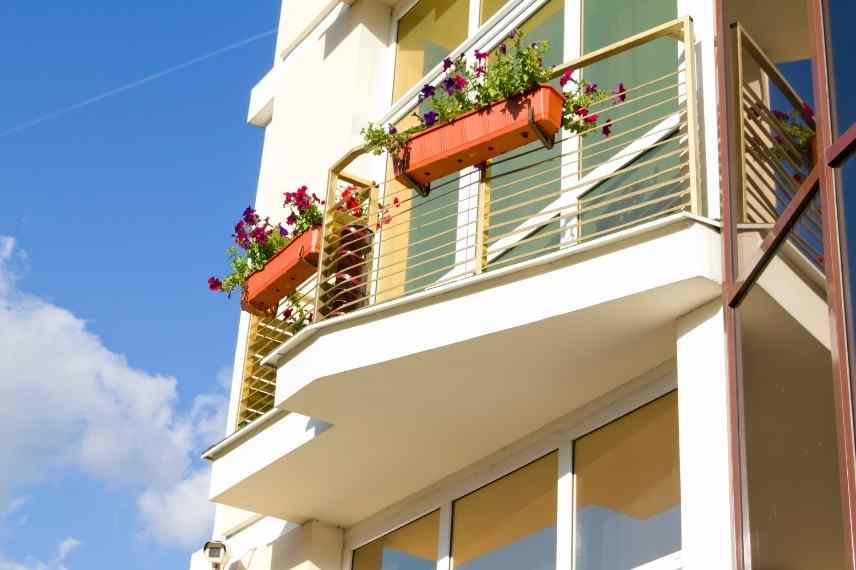
What does the law say?
There is the legal law, applicable to everyone everywhere in France (referring to Article 26 of the law of 10 July 1965), and there is your co-ownership regulations which may modify, specify, or restrict this law.
-
In housing estates
The height of hedges, if limited elsewhere to 2 m high, is regulated to 1.50 m in housing estates. The planting distance remains fixed at 0.50 m from the property boundary. A choice of plants, bushes, and trees is often imposed, for obvious aesthetic reasons related to the landscaping designed by developers and landscapers. This allows for harmonisation of the entire housing estate, just as there are imposed colours for shutters or gates. Often, the plant palette remains broad, allowing you to compose with different varieties, generally staying within a coherent colour range.
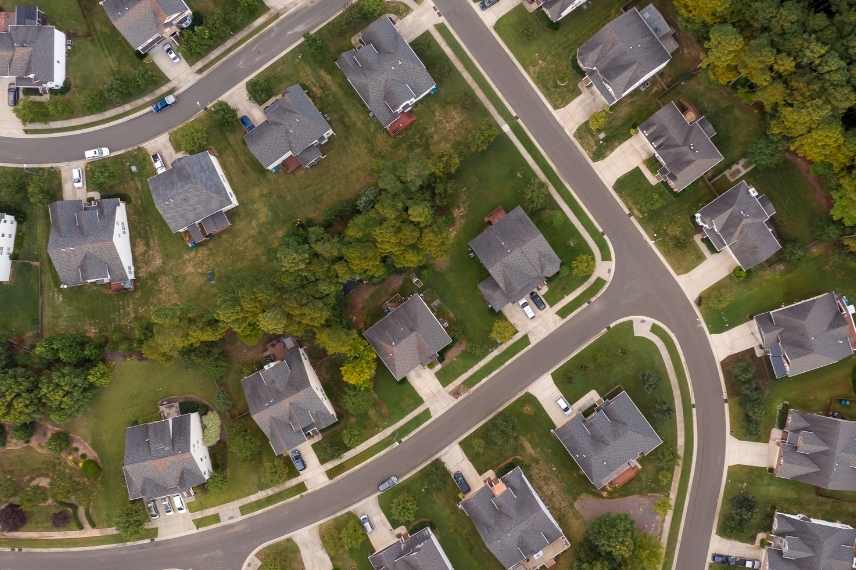
-
In buildings
Your outdoor spaces include a courtyard, one or more ground-floor gardens. All balconies, terraces, and roof terraces are also subject to gardening aspects. You must absolutely refer to your co-ownership regulations to know the current practices in your building. Often, the common outdoor areas are maintained by a service provider, which is included in your building expenses. Sometimes, in the case of small buildings with few lots, the owners themselves take on the maintenance during their available time.
As for the private areas that are balconies and terraces, the co-ownership regulations are generally very precise about what is allowed and what is prohibited: for example, the installation of planters is often possible when placed inside the balcony to avoid any risk of falling.
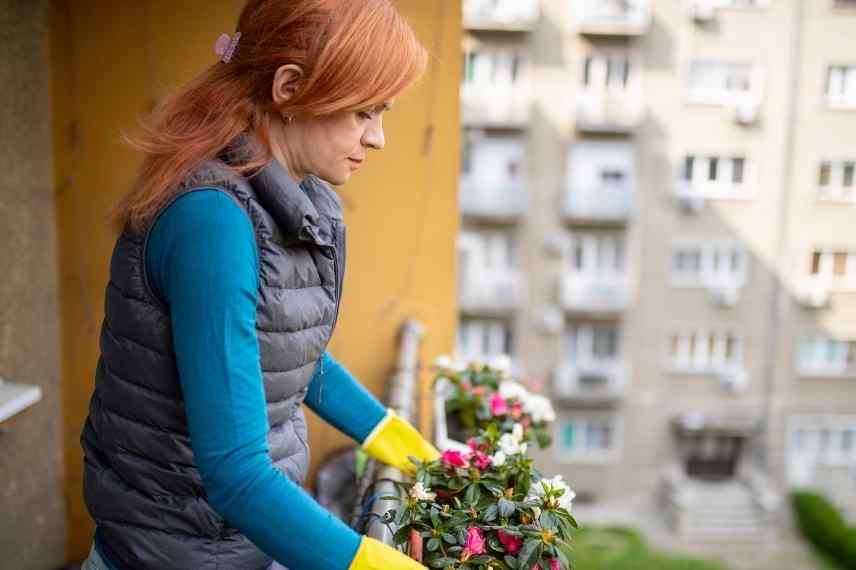
-
In private gardens
These often refer to ground-floor gardens to which you, as the sole owner, have access and enjoyment, but not always. See the dedicated paragraph for some useful information.

The rules of gardening and maintenance
The co-ownership regulations provide the basis for what you can and cannot do. They are the authoritative document within your co-ownership.
If the green space is considered a common area, the associated costs (work, maintenance) are shared among each co-owner, in proportion to their share of the property. Any work related to landscaping or maintenance conditions, such as the frequency of hedge pruning (twice a year), or the pruning of a tree, or even the refurbishment of the paved area must be voted on or modified in the general assembly (the minimum amount for consulting co-owners is generally decided during the annual general meeting).
If you wish to enhance a building’s entrance with some lovely potted plants, and the co-ownership regulations do not stipulate any information on this specific point, all co-owners must agree: you will need to bring the subject to the co-ownership general assembly, and if you reach an agreement, specify the name of the person or persons responsible for watering and maintaining the plants.
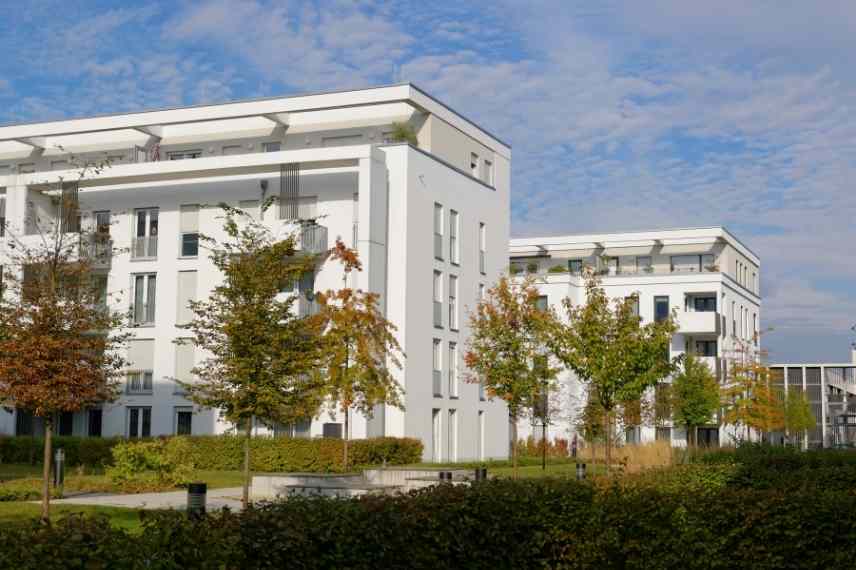
Case of private gardens
Make sure to gather information well in advance of your rental or purchase from the property management, to avoid any unpleasant surprises… There are three types of outdoor spaces that must be clearly defined in the property regulations:
- is it a garden (or courtyard) belonging to the common areas (which is often not mentioned in the property regulations), in which case all residents have access to it… and share the costs!
- or is it a private area that grants you exclusive use: generally, this is a right attached to the lot, but again, this should be verified according to the property regulations; you can plant the plants you like, provided they do not obstruct your neighbours’ view (for example, do not let bushes or climbing plants grow up to their windows);
- It may also be a “common area with exclusive use”: several residents may be able to use and maintain the garden (for example, all ground-floor residents). In this case, it is usually the concerned users alone who are responsible for the maintenance and costs of this space.
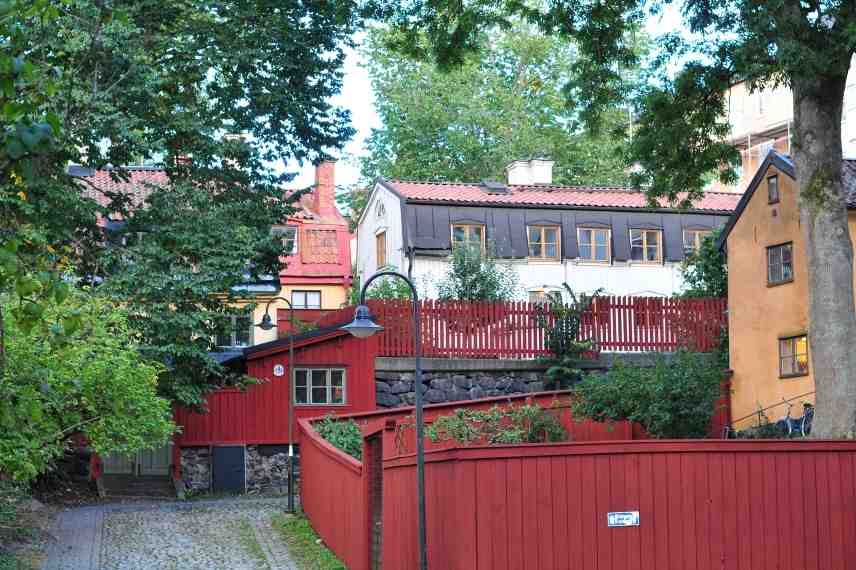 Here, the enclosed garden is attached to the house, for exclusive use
Here, the enclosed garden is attached to the house, for exclusive use
The obligations applying to condominiums or shared gardens
Being able to garden in a shared property is a privilege, but you must respect your neighbours, particularly regarding noise disturbances. In shared properties, the rule of gardening hours also applies: no noise (using power tools, mowing, etc.) before 9 am on Saturdays, nor between 12 pm and 3 pm, or after 7 pm. On Sundays, it is only permitted between 10 am and noon, and during the week, not between 12 pm and 1:30 pm, or after 7:30 pm… but again, confirm this with your property manager.
No nighttime disturbances either, and if you wish to organise lunches or barbecue evenings in your private garden, you must inform your neighbours!
In the case of a terrace, which is becoming increasingly common in large cities, you must comply with the maximum load established in the property regulations. This depends on each building’s structure; a building from the 1970s and a brand-new building do not have the same architectural standards, particularly regarding the density of concrete slabs. You will be given an average of kg/m2 (an average of 350 kg/m2 is observed).
For the layout of a large terrace or a rooftop terrace, be sure to inquire well in advance with your property manager: the equipment can become very heavy when combined (planters, pots, trees or bushes in large containers, installation of pergolas, etc.). For substrates, you will need to create mixtures to achieve lighter masses (adding perlite is often recommended), and the choice of containers should favour lightweight materials, such as composites, avoiding terracotta, for example. You must also have permission for safety standards regarding waterproofing, drainage of rainwater…
In summary, be vigilant, always consult your property manager, read your property regulations carefully, and be respectful towards your neighbours!
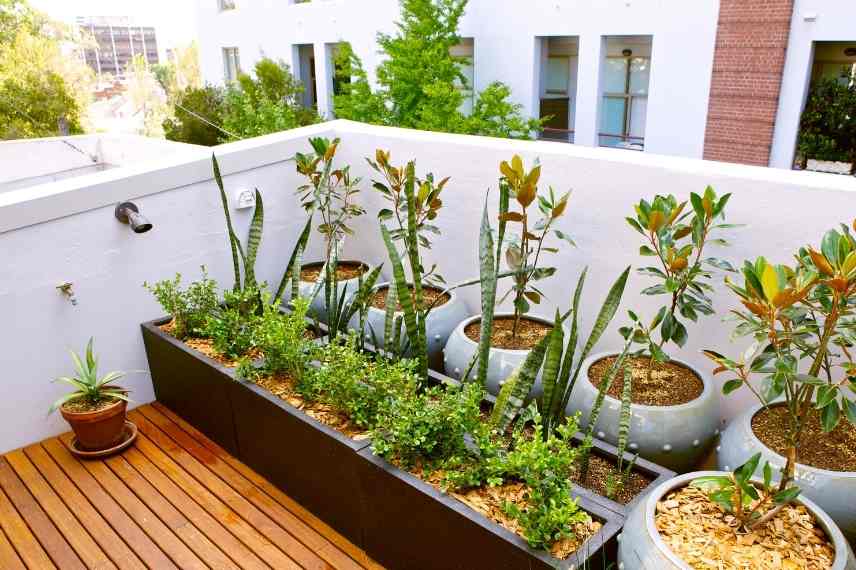
Be mindful of the maximum load imposed in your building on balconies and terraces!
Choosing plants
To ensure that gardening remains a source of pleasure for everyone and to avoid any conflict with your neighbours, avoid plants that will either stain or sting if they are located in areas likely to be brushed against by residents. Also, absolutely avoid all plants whose leaves, flowers, or berries are toxic (such as Laburnum, Foxgloves, Cotoneasters, Hellebores, Delphinium, Oleander, Yew, etc.; be aware that the list is long…).
Climbing plants or lianas that are too invasive must be kept in check on a balcony or terrace. You cannot reasonably overwhelm your neighbour’s balcony with a wisteria, ivy, or jasmine that takes too much liberty…
For a visible arrangement for all, such as a flat entrance, common sense dictates that everyone should be consulted in a general assembly to propose plants that please the majority; there is a very wide choice available, depending on exposure, colours, as well as indoor plants.
As for housing estates, you generally have a pre-established list of plants that you must strictly adhere to. Some older estates do not have such lists, so exercise discernment and favour local plants, thus respecting a biotope conducive to their flourishing. The character of the soil (acidic, calcareous, or neutral) and exposure will, of course, be the two major criteria in your choice, beyond aesthetics.
 Plants with sharp tips, toxic plants and berries… Be vigilant in your plant choices!
Plants with sharp tips, toxic plants and berries… Be vigilant in your plant choices!
- Subscribe!
- Contents
































Comments